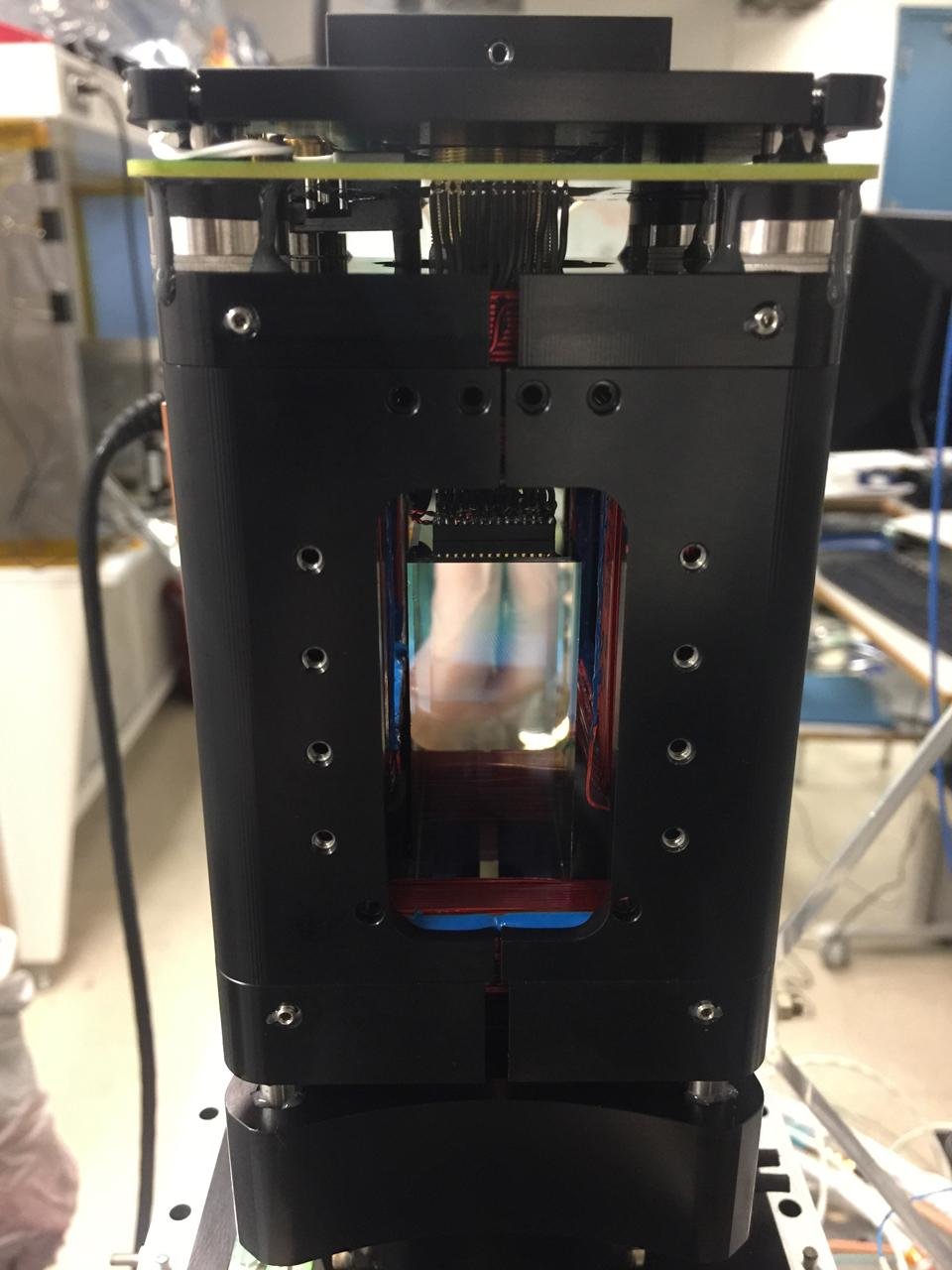'Ant-Man' star Paul Rudd quizzes NASA expert on quantum science
In a new YouTube video, Marvel alumni Paul Rudd has some big questions about quantum physics.
Big things sometimes come in small packages.
In the latest installment of the highly-successful Marvel Cinematic Universe, "Ant-Man and the Wasp: Quantumania," the title character, played by Paul Rudd shrinks down to the quantum realm to give its despotic ruler, Kang, a big headache.
The movie clearly got its star, Rudd thinking about quantum physics, the field of science that describes physics on the subatomic scale. In a new YouTube video that has been viewed hundreds of thousands of times, the Ant-Man star spoke to NASA quantum physicist Ethan Elliott.
Elliot, who works with NASA's Cold Atom Lab, the space agency's first quantum laboratory in space, first explained to Rudd what quantum physics is. Elliot touched on some of the counterintuitive features of the quantum realm, such as the particle-wave duality of quantum systems that allows particles like photons and electrons to have both wave and particle-like characteristics.
Related: Quantum entanglement: A simple explanation
Elliot added that thanks to the probabilistic nature of quantum physics and the wave-like movement of particles, quantum systems can be considered to exist in two contradictory states at once. Elliot gave an example of this as particles seeming to be in two locations at one time. With that in mind, Rudd wants to know how this subatomic science influences our macroscopic lives on a day-to-day basis.
"Quantum science is behind many of the technologies that we use every day, including your phone, computer, GPS, or even MRI scanners for medical imaging," Elliot explained. "In the movies, you can shrink down and go into the quantum realm. We can't do that, but what we can do is make the quantum realm itself bigger."
Breaking space news, the latest updates on rocket launches, skywatching events and more!
The quantum physicist added that this is the purpose of the Cold Atom Lab, which orbits the Earth inside the International Space Station (ISS).
The Ant-Man actor's next question is a big one, ironically. He wanted Elliot to explain how quantum physics can address some of the universe's biggest mysteries.
"In recent decades, scientists have come up with a new way to study the quantum world," the NASA physicist said. "Using lasers and magnetic fields, the Cold Atom Lab can create macroscopic quantum objects. It can amplify quantum effects, and then we put these big quantum objects into space because that gives them more time to interact with gravity."
Elliot said that by doing this, scientists can probe the mysteries of dark energy, the force driving the accelerating expansion of the universe, and dark matter, which interacts with gravity but not light and is thus all but invisible. Elliot says these names are just placeholders for gravitational phenomena that scientists don't understand yet and that the Cold Atom Lab could help shed light on these "dark" aspects of the universe.
"In ultracold temperatures, they're like a quantum lens that will hopefully one day allow us to see further into the gravitational unknown," he continued. "Studying quantum mechanics with ultracold atoms are the hardest experiments that you can do on a tabletop on Earth, and they're even harder to do in space."
Elliot went on to describe some of the achievements of NASA's Cold Atom Lab, which was established aboard the ISS and at an altitude of around 254 miles (408 kilometers) above the Earth's surface in 2018.
"We've created the first quantum bubbles, which cannot be done on Earth," he said. "And we've recently created two simultaneously existing Bose-Einstein Condensates, two large quantum objects with which we can form exotic molecules or perform new experiments of gravity."
Elliot signed off by adding that there are many big questions for this 'small' science to explain and that these will be tackled by NASA's Cold Atom Lab.
"For everything that we do know about quantum mechanics, there's a lot that we don't know," he concluded. "And space opens up new avenues to explore these."
Also starring Evangeline Lilly as the Wasp, Jonathan Majors as Kang, Michelle Pfeiffer, Bill Murray, and Michael Douglas, Marvel's Ant-Man and the Wasp: Quantumania opened in cinemas across the United States on Feb. 17, 2023.
Follow us @Spacedotcom, or on Facebook and Instagram.

Robert Lea is a science journalist in the U.K. whose articles have been published in Physics World, New Scientist, Astronomy Magazine, All About Space, Newsweek and ZME Science. He also writes about science communication for Elsevier and the European Journal of Physics. Rob holds a bachelor of science degree in physics and astronomy from the U.K.’s Open University. Follow him on Twitter @sciencef1rst.


